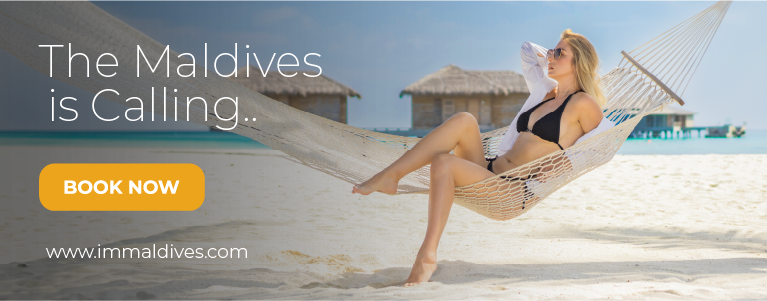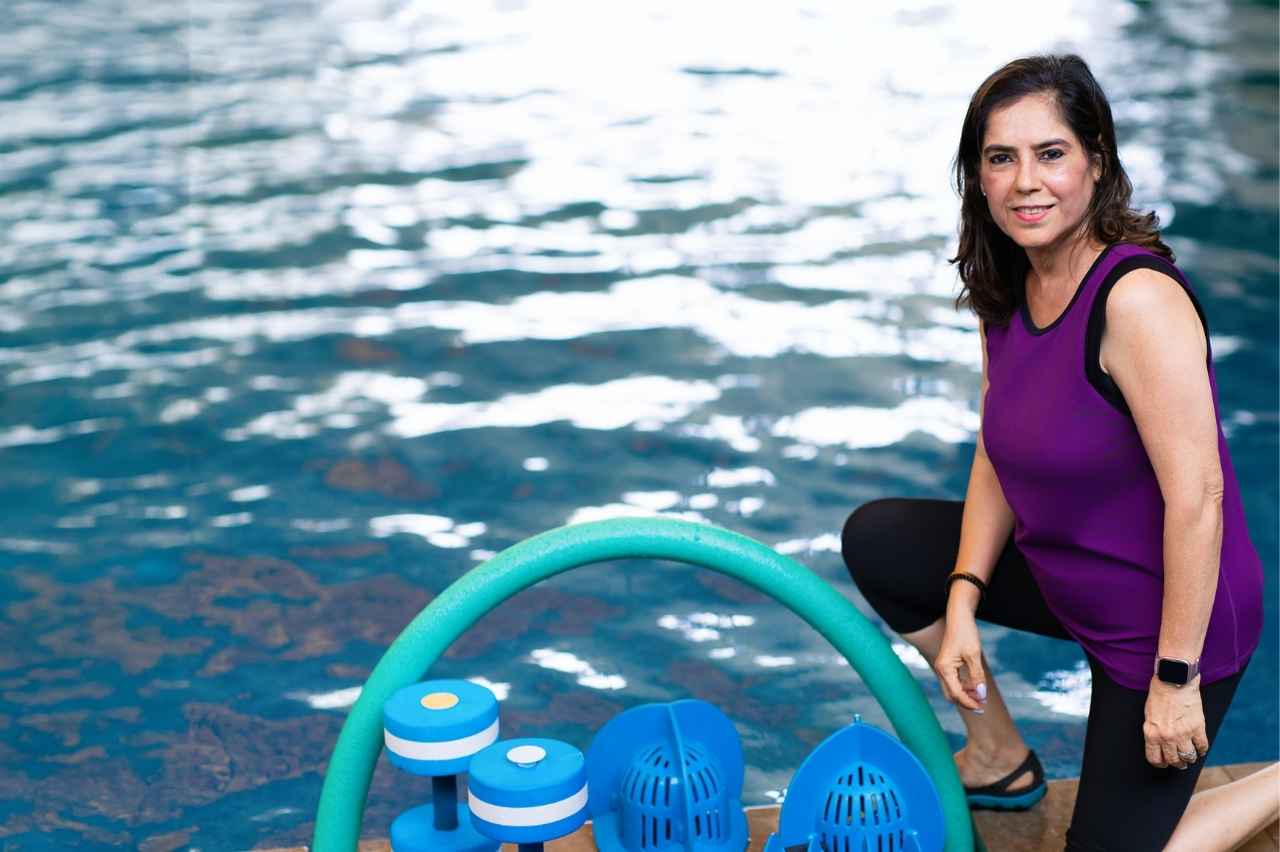As lockdowns go, we mustn’t complain. My wife, Eva, and I have been marooned on Soneva Fushi — the resort we own in the Maldives — for the past four months, alongside staff and some foreign guests, who stayed on as the country closed its borders, rather than risk going back home.
The other day I saw a two-meter long reef shark in the lagoon. In my twenty-five years living on Soneva Fushi, I have never seen such a big shark swimming so close to shore. In other parts of the world, lockdowns have led to goats, swans and wild boar taking over village greens and town centres. In the Maldives, it’s the (harmless) sharks, dolphins and manta rays that are enjoying a holiday without humans.
It is surely, though, time for the lockdown to come to an end. For most people, in the Maldives and other countries that imposed drastic restrictions to contain the virus, the economic and social costs of being locked down have been terribly high.
Moreover, as the weeks pass, and our understanding of COVID 19 improves, it is clear that, while potentially lethal for older people and those with underlying health complications, for healthy, younger people, the chance of dying from the virus is vanishingly small. In badly hit parts of New York City, for instance, where infection rates were as high as 25%, for those under 45 years the survival rate was 99.98%.
As new information pours in from around the world, and we develop a more nuanced understanding of COVID-19, our measures to control the virus must also become more sophisticated. General lockdowns and international border closures – which are devastating huge chunks of the economy, and the lives and livelihoods of hundreds of millions of people – don’t make sense, when rapid testing, contract tracing, and good hygiene are so effective at preventing the virus’s spread — and when the virus poses such a tiny threat to young and middle-aged people.
The greatest fear is fear itself
Franklin Delano Roosevelt, inauguration speech, in the midst of The Great Depression
Perhaps one of the biggest obstacles to easing the lockdown is fear. The world’s newspapers and TV stations have gorged on the coronavirus, producing blanket coverage of mortality rates and other frightening details. Not surprisingly, the ‘danger indicator’ that sits in the left side of our brains remains on high alert. Like a thermometer, once the danger indicator rises, it takes a lot of shaking with facts and reason to bring it back down.
To quote Hans Rosling: “We need to learn to control our drama intake. Uncontrolled, our appetite for the dramatic goes too far, prevents us from seeing the world as it is, and leads us terribly astray.”
Here are some facts to reduce our intake of drama, and temper our fears of COVID-19:
- Due to a misunderstanding of the true extent of the infection in China, initial projections of a 3-5% fatality rate were far too high.
- Many countries vastly overstated their likely number of deaths. Uppsala University in Sweden, for instance, predicted 90,000 deaths in one month, but Sweden has had a total of 4,800 virus deaths to date.
- Likewise, on the 29 March, Columbia University issued a report highlighting a need for 136,000 hospital beds in New York City. In the end, 12,000 sufficed.
- According to recent research by the United States Biodefence and Countermeasures Center, the half-life of the COVID virus in mild conditions such as 75oF and 25% humidity is 18 hours. But when the temperature rises to 95oF and the humidity rate increases to 80% (conditions found in the Maldives and other tropical countries), the half-life reduces to 1 hour.
- According to the United States Center for Disease Control (CDC), there are no documented cases of a person becoming infected from a surface contaminated with COVID-19. Yet, every hotel and resort mini-film I have watched about reopening – including our own – has footage of an employee diligently wiping down surfaces.
- A Hong Kong study, involving an analysis of 7,324 cases in China, identified 318 distinct outbreaks, all but one of which occurred indoors. This suggests the risk of catching COVID outdoors is low.
· I attach a graph produced by Sir David Spiegelhalter of Imperial College, London.

· Prof. Spiegelhalter highlights in the graph that coronavirus roughly doubles your chance of death once you hit around 40. While that might sound scary, we have to bear in mind that the risk of death for those under 45 or so is extremely low – 0.1% per year. A 40-year-old with coronavirus therefore has a risk of death of about 0.2%, rather than 0.1%.
· There has been much controversy over the Swedish approach to the virus, which involved far less restrictive measures compared with other European countries. The below table, from Worldometer last week, shows that Sweden suffered lower deaths per capita than countries that enforced strict lockdowns.

Our understanding of, and knowledge of how to treat the virus has evolved considerably since those dark days at the beginning of the year:
· There have been breakthroughs in treating COVID by the medical world: Gilead with Remdesivir, and the Dana-Farber using Ibrutinib which avoided cancer patients from needing to be hospitalized.
· There is also the example of my Oncologist, Dr. Abdul Kadir Slocum (I was diagnosed with stage-4 cancer at the end of 2018. Dr. Slocum cured me by traditional chemotherapy, alternate wellness remedies.)
As Dr. Slocum recently wrote to us:
I’m not a frontline COVID physician but unfortunately when some of our cancer patients got COVID I treated them together with my colleagues. We used anti-coagulants, antibiotics, and anti-virals as conventional therapeutics together with high dose vitamin C, Andrographis, thyme extract etc. as complementary therapies and all of our patients have gotten better with such treatment.
Dr. Slocum
The low fatality rate for those who are healthy and not old, the limitations of the virus’s spread, and the improvements in testing and treatment, means that we have the opportunity to return to (almost) normal, albeit with robust measures in place to protect vulnerable groups.
The importance of protecting vulnerable groups should not be taken lightly. Let me flash back to 1979, when I was 13. My morning ritual with my father was to drive to the local tennis club and play a game before breakfast. On that particular morning, halfway through play, my father sat down, short of breath. He asked me to practice against the wall while he recovered his breath. An hour later, he died of a heart attack. To this day, I wonder whether if we had skipped that morning ritual, he wouldn’t have died. The worry that one might have had an impact on reducing the life of one’s parent is something that I would not want to wish on anyone else. We must not make a similar mistake over coronavirus, as we reopen our economies we must consider adequate protection for older and vulnerable people.
How do we start on the road to recovery? To start with, we should maintain the personal hygiene habits that the virus has taught us, such as frequently washing hands, and following the traditional Asian courtesy of wearing a mask if you feel unwell. These habits will also reduce the incidence of other viruses such as seasonal flus and colds.
Above all, new investments in health infrastructure put in place over the past 12 weeks, such as more hospital capacity, extensive and rapid testing, and sophisticated contact tracing, means that blunt control tools, such as lockdowns, can now be relaxed before they destroy ever larger parts of the economy.
Then, we just need to work on our fear, which, in the final analysis, may have caused more damage than the virus itself.
The Article was Published on Linkedin by Sonu Shivdasani. Sonu is the founder and CEO of Soneva








